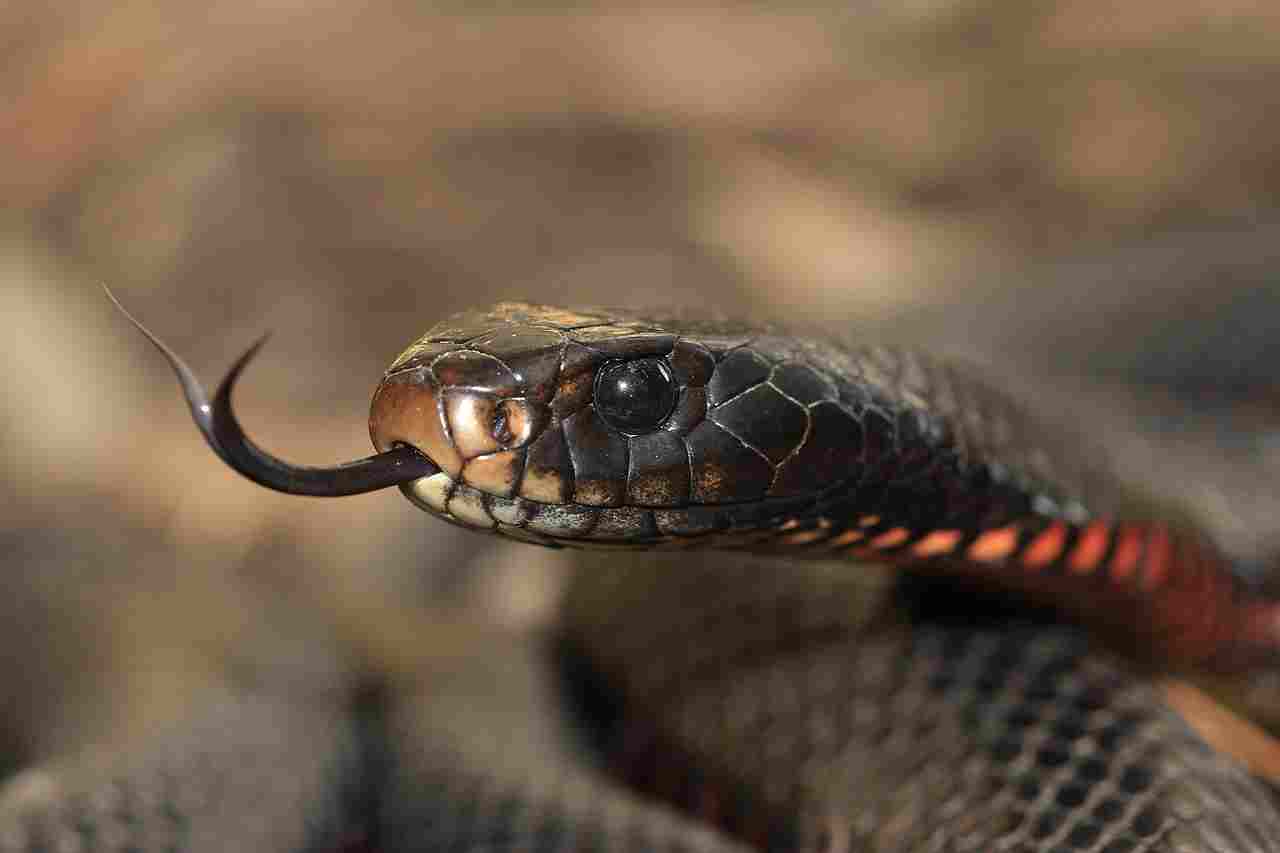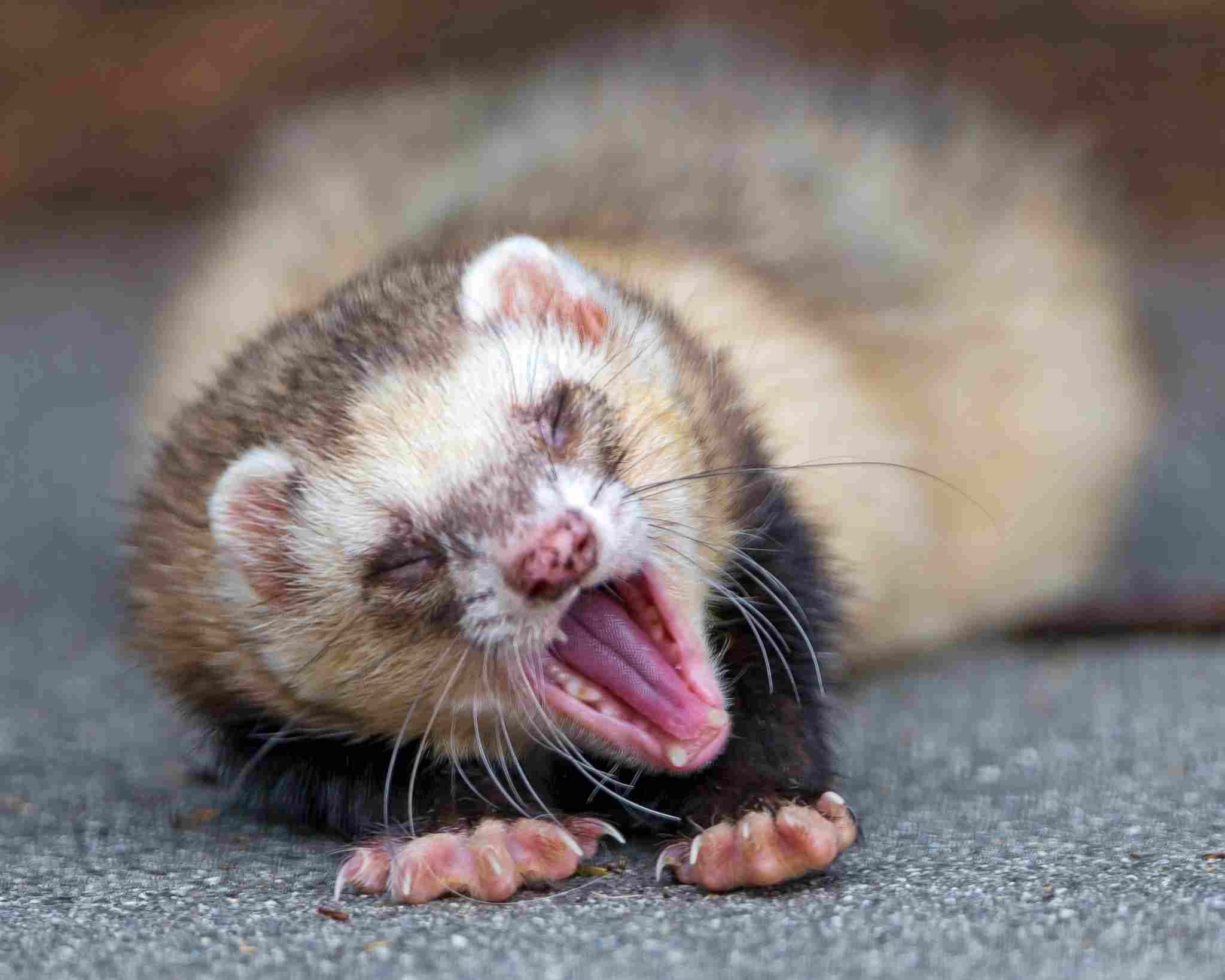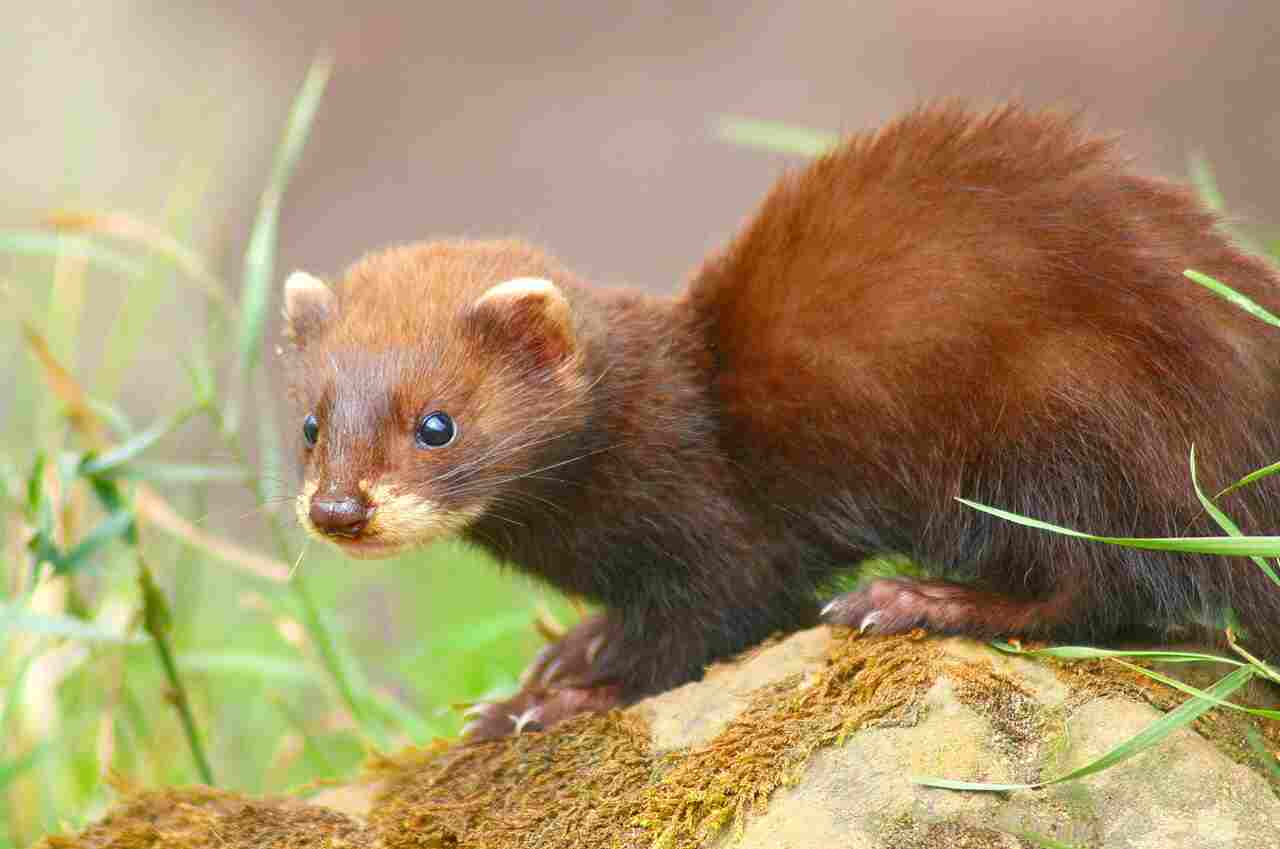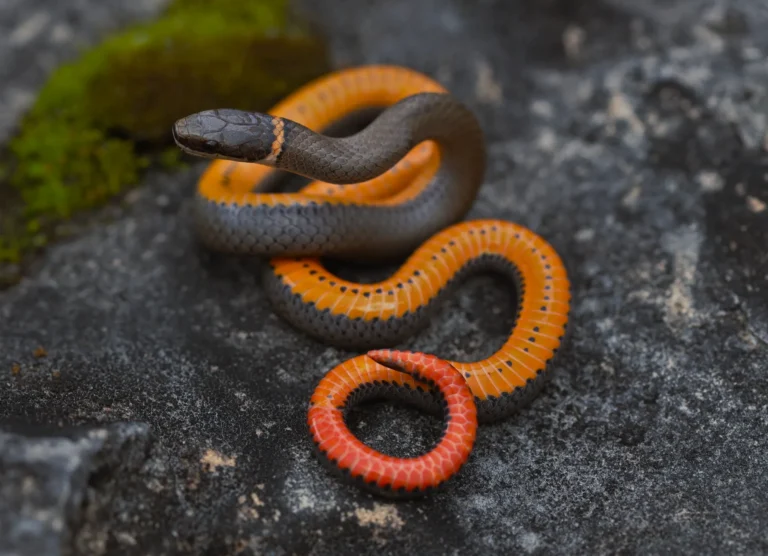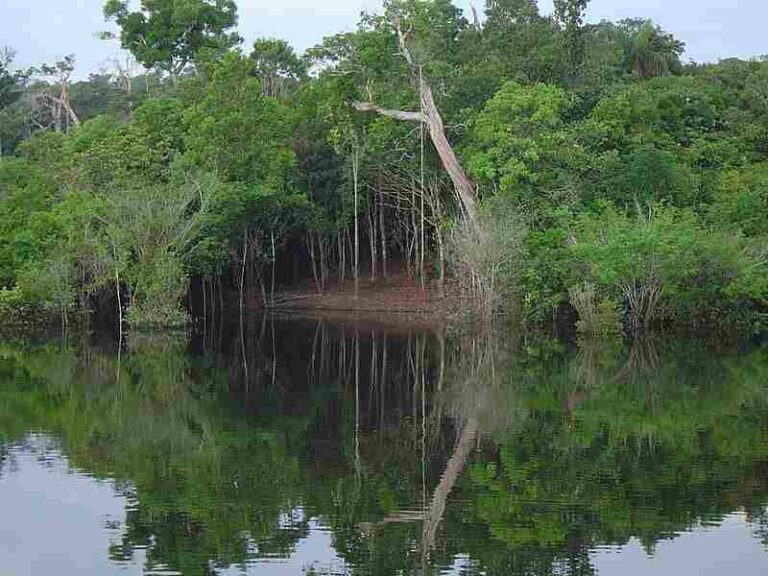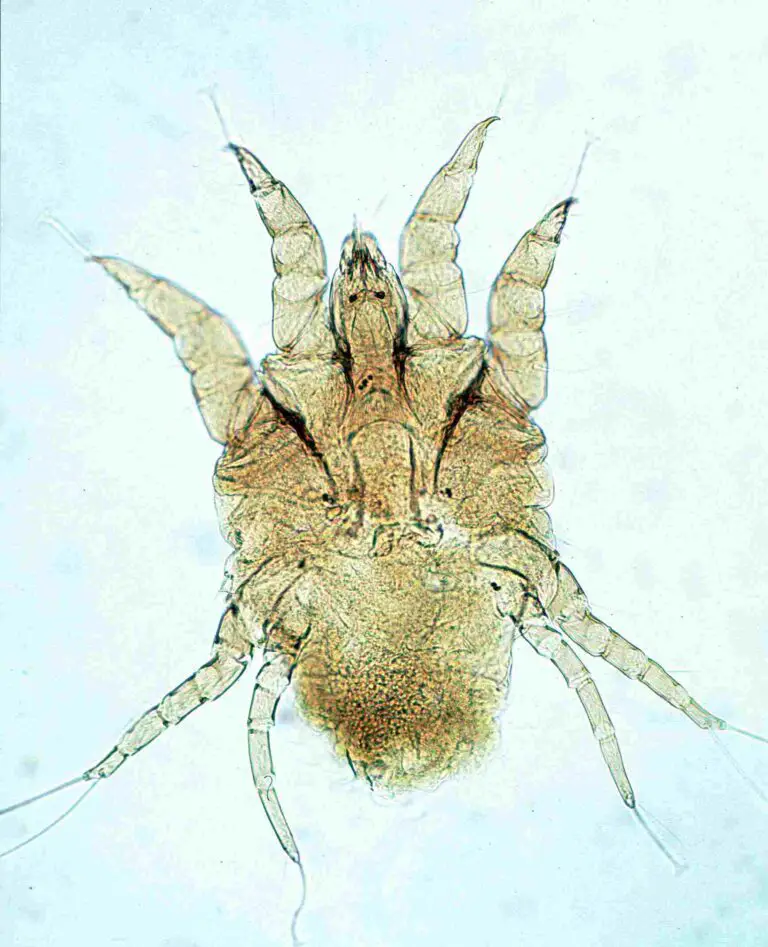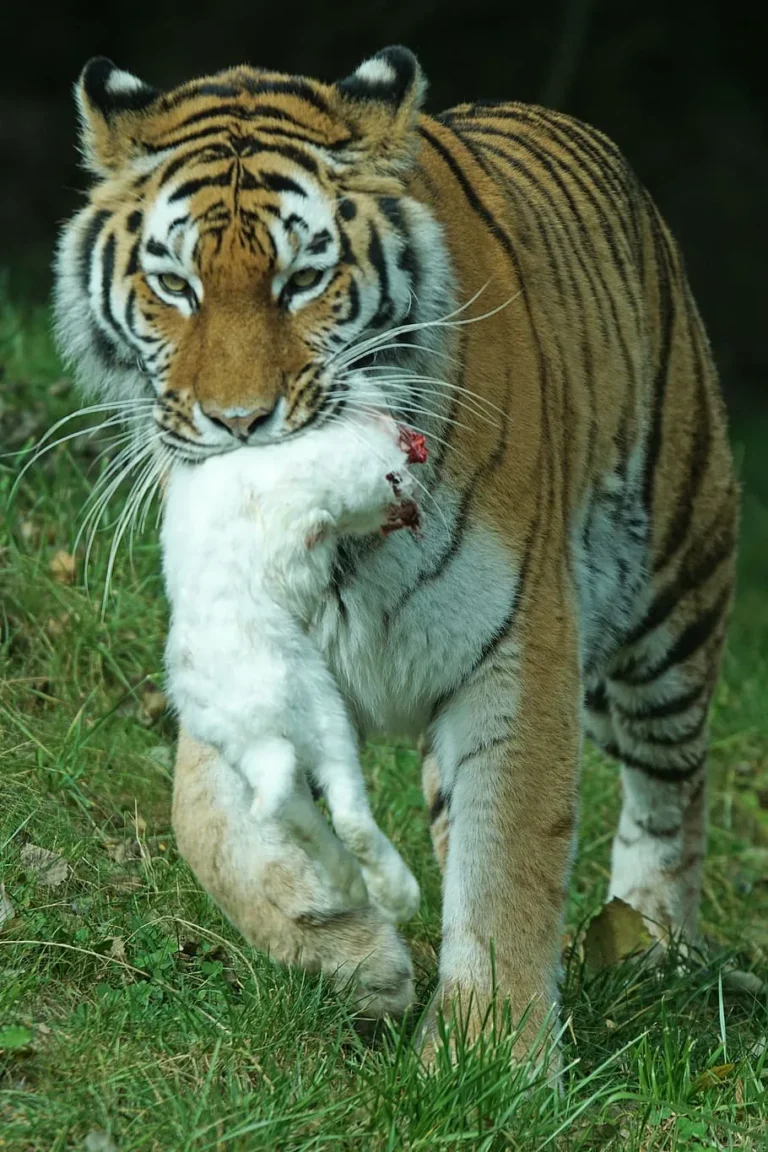Mongoose Vs King Cobra Who Will Win, Overall Comparison
A hypothetical confrontation between a mongoose and a king cobra, two iconic species known for their unique characteristics, presents an intriguing scenario where the mongoose’s adaptations may provide an advantage. Mongooses, renowned for their agility, speed, and resistance to snake venom, may likely prevail in a one-on-one encounter with a king cobra. This analysis explores their size, strength, bite force, speed, agility, fur thickness, and venom immunity to speculate on the likely victor in this hypothetical scenario.
Mongoose vs King Cobra: Assessing the Likely Victor in a Confrontation
In a hypothetical scenario involving a mongoose and a king cobra, the mongoose is likely to emerge victorious in a fight due to its heavier weight, greater strength, stronger bite force, higher speed and agility, thick fur, and immunity to snake venom.
I). Weight and Strength Advantage:
– Mongooses, generally heavier and possessing greater strength than king cobras, have a significant advantage in terms of size and power. This weight and strength advantage enables the mongoose to withstand the cobra’s attacks and potentially overpower it.
II). Stronger Bite Force:
– Mongooses have a stronger bite force, which can be employed both offensively and defensively. The powerful jaws of the mongoose allow it to deliver effective bites, potentially neutralizing the cobra’s threat and gaining an upper hand in the confrontation.
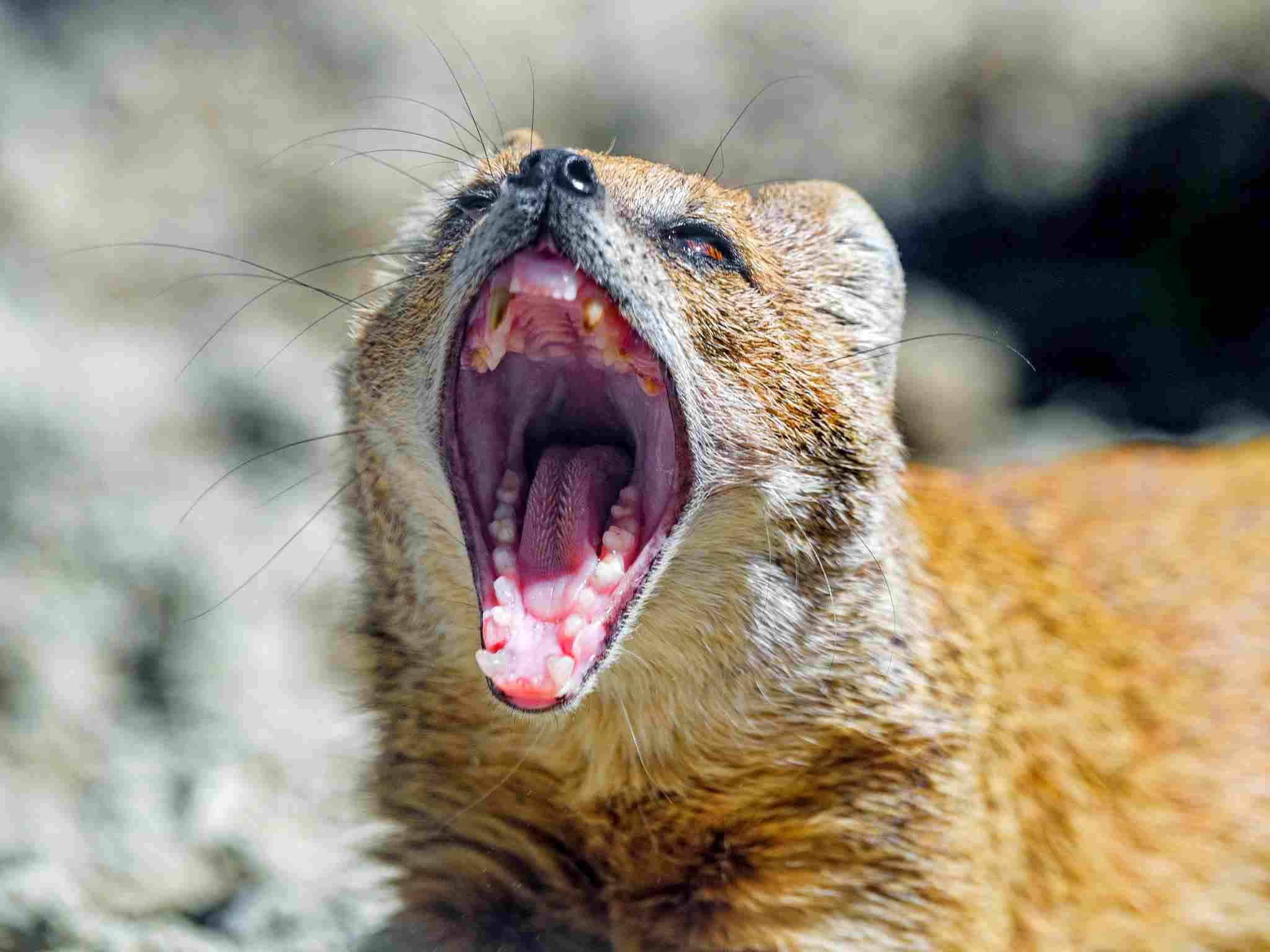
III). Speed and Agility:
– Mongooses are known for their exceptional speed and agility, allowing them to quickly evade the strikes of a snake. This agility enables the mongoose to control the dynamics of the confrontation, maneuver strategically, and launch effective counterattacks against the king cobra.
IV). Thick Fur:
– Some mongooses have thick fur, providing an additional layer of protection against the cobra’s strikes. This defensive feature reduces the impact of the cobra’s bites and enhances the mongoose’s durability in a physical encounter.
V). Immunity to Snake Venom:
– Mongooses are known for their resistance to snake venom. While not entirely immune, they possess adaptations that allow them to withstand venomous bites from snakes, including king cobras. This venom immunity is a crucial factor in the mongoose’s ability to confront and defeat the king cobra.
VI). Overall Dynamics:
– In this hypothetical scenario, the mongoose is likely to prevail in a fight against a king cobra due to its heavier weight, greater strength, stronger bite force, higher speed and agility, thick fur, and immunity to snake venom. These combined attributes give the mongoose a decisive advantage in overcoming the king cobra’s formidable defenses and securing victory in the confrontation.
*Details of Comparison
| Criteria | Mongoose | King Cobra |
| Appearance | Sleek, varied fur color |
Long, hooded, dark olive-green to black
|
| Size | 1 to 4 feet | Up to 18 feet |
| Weight | 0.5 to 4 kg | 6 to 9 kg |
| Bite Force (PSI) | Varied, not potent |
Exceeds 500 PSI
|
| Physical Offensive Adv. | Sharp claws, teeth | Venomous bite |
| Physical Defensive Adv. | Agility, burrow escape |
Hood display, venomous bite
|
| Speed | Up to 30 mph | Relatively slow |
| Agility | Highly agile |
Less agile, ambush
|
| Overall Physical Cap. | Agile, quick |
Venomous, ambush
|
| Habitat Preference(s) | Varied environments | Tropical forests |
| Tracks | Paw prints | Slither marks |
| Lifespan | 6 to 12 years |
Up to 20 years (captivity)
|
| Mode of Feeding | Carnivorous, diverse prey |
Carnivorous, snake specialist
|
| Intelligence | Problem-solving |
Limited cognitive abilities
|
| Social Behavior | Some cooperative species |
Predominantly solitary
|
| Mode of Reproduction | Varied strategies |
Oviparous, minimal care
|
| Parental Behavior | Cooperative care |
Minimal involvement
|
| Proximity to Human Areas | Adaptable, urban |
Forest preferences
|
| Behavior Toward Humans | Avoidance, defensive |
Avoidance, defensive if provoked
|
| Danger Posed to Humans | Low risk |
Potentially lethal venom
|
| Associated Precautions | Avoid provocation |
Caution due to venom
|
| Conservation Status | Varies, some face threats |
Generally least concern, habitat threats
|
| Conclusion | – Similarities: Predators, conservation risks |
– Differences: Size, habits, adaptability
|
Key Points
- Mongoose is smaller, agile, and adaptable to various environments.
- King cobra is a large venomous snake with specific habitat preferences.
- Mongoose relies on physical prowess; king cobra uses venom for offense.
- Mongoose exhibits cooperative parenting; king cobra lacks parental care.
- Both face conservation concerns, but mongoose species vary in threat levels.
- Differences in behavior, danger posed to humans, and associated precautions.
1. Taxonomy
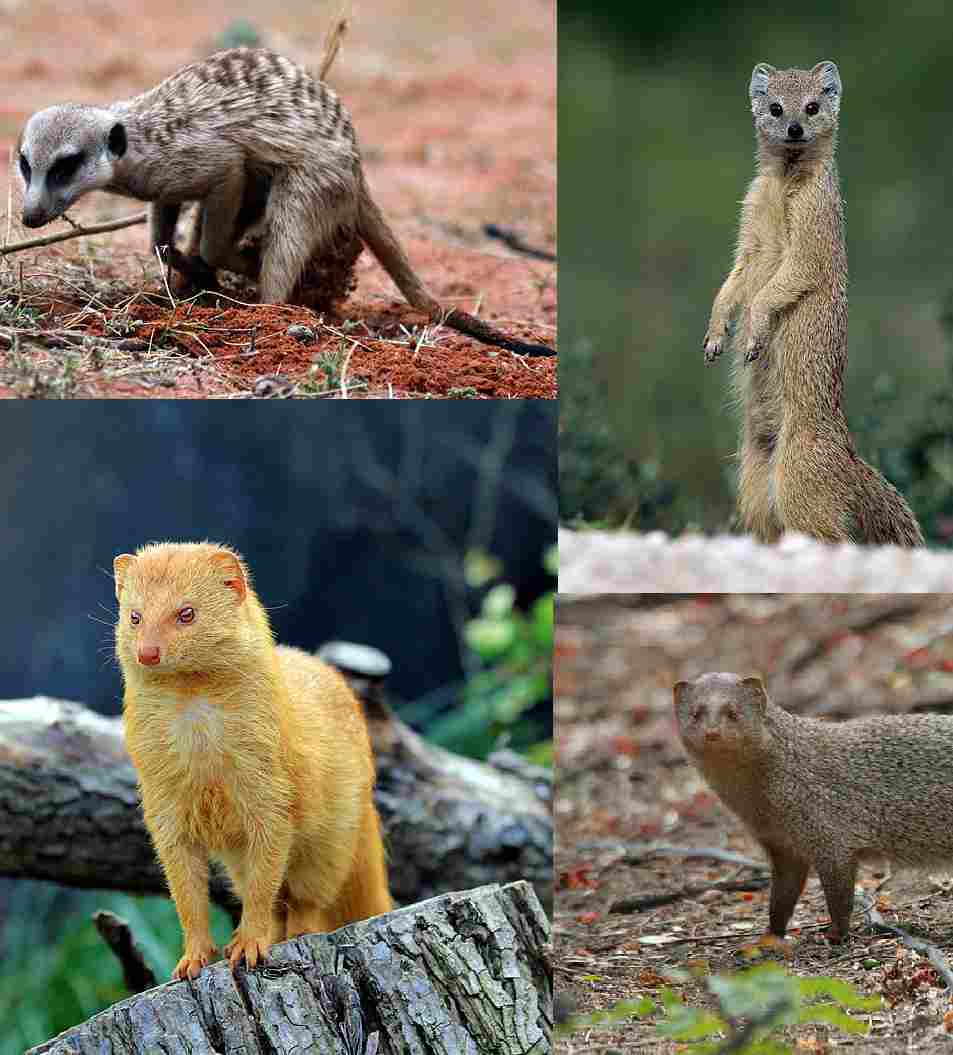
Mongoose:
Family: Herpestidae
Genus: Various genera, e.g., Herpestes, Urva
Species: Multiple species, e.g., Indian gray mongoose (Herpestes edwardsii)
King Cobra:
Family: Elapidae
Genus: Ophiophagus
Species: Ophiophagus hannah
2. Appearance
Mongoose:
Sleek, elongated body with short legs.
Fur color varies among species, including brown, gray, and reddish-brown.
King Cobra:
Impressive, long snake with distinctive hood when threatened.
Dark olive-green to black color with pale yellow bands.
Comparison:
Mongoose adapted for terrestrial agility; cobra for intimidating display.
Ecological Implications: Camouflage aids mongoose in hunting, while the cobra’s coloration serves as a warning to potential predators.
3. Size
Mongoose:
Varies by species; generally 1 to 4 feet (30 to 120 cm) in length.
King Cobra:
Among the longest venomous snakes, reaching up to 18 feet (5.5 meters).
Comparison:
Mongoose generally much smaller than king cobra.
Ecological Implications: Size influences hunting strategies and prey selection.
4. Weight
Mongoose:
Typically ranges from 0.5 to 4 kilograms.
King Cobra:
Weighs between 6 to 9 kilograms.
Comparison:
Mongoose significantly lighter than king cobra.
Ecological Implications: Weight impacts energy requirements, mobility, and predation capabilities.
5. Bite Force (PSI)
Mongoose:
Bite force varies; not as potent as venomous snakes.
King Cobra:
Can deliver a potent bite with a pressure exceeding 500 PSI.
Comparison:
King cobra possesses a much stronger bite force.
Ecological Implications: Bite force influences hunting efficiency and prey immobilization.
6. Physical Offensive Advantages
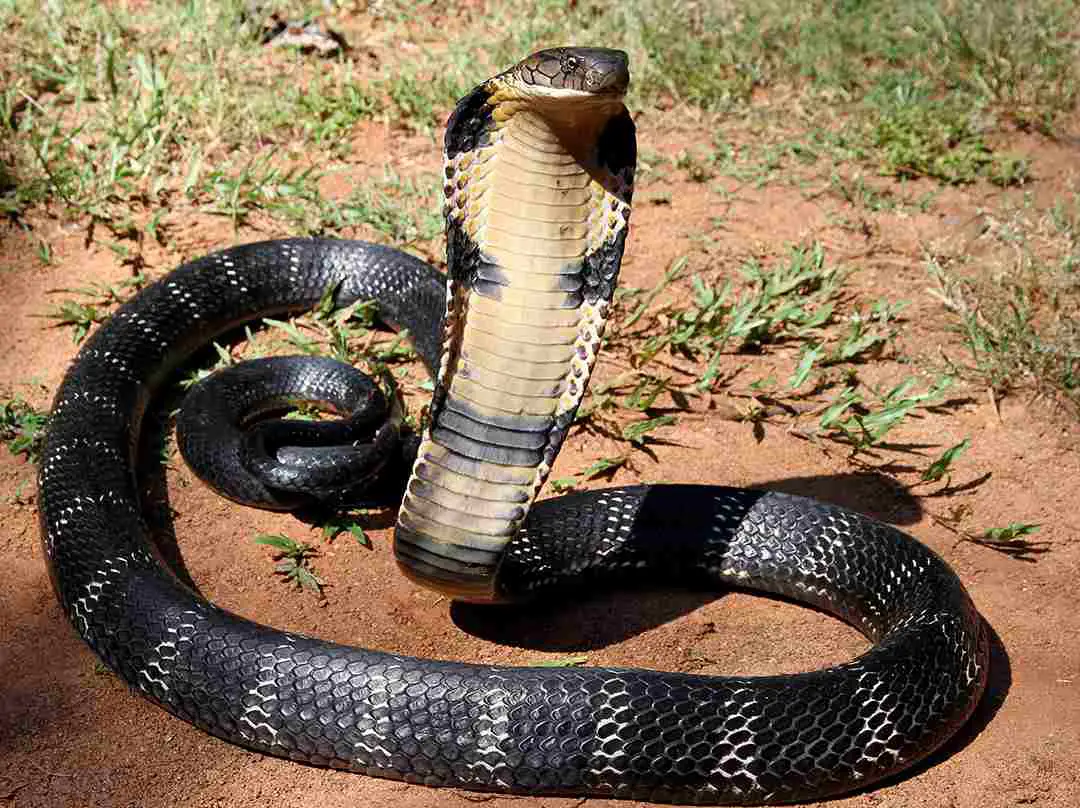
Mongoose:
Sharp claws and teeth for efficient hunting of smaller prey.
King Cobra:
Venomous bite delivers potent neurotoxins.
Comparison:
Mongoose relies on physical prowess; cobra utilizes venom for offense.
Ecological Implications: Hunting strategies impact prey dynamics and predator-prey relationships.
7. Physical Defensive Advantages
Mongoose:
Agile movements, quick reflexes, and ability to escape into burrows.
King Cobra:
Hood display, hissing, and venomous bite as defense mechanisms.
Comparison:
Mongoose depends on agility; cobra uses a combination of visual and chemical defenses.
Ecological Implications: Defensive adaptations influence interactions with predators and prey.
8. Speed (Km/hour or Mile/hour)
Mongoose:
Can reach speeds up to 30 miles per hour (48 km/h).
King Cobra:
Relatively slow-moving; relies on ambush rather than pursuit.
Comparison:
Mongoose exhibits high speed for agile pursuit; king cobra relies on stealth.
Ecological Implications: Speed influences hunting strategies and escape tactics.
9. Agility
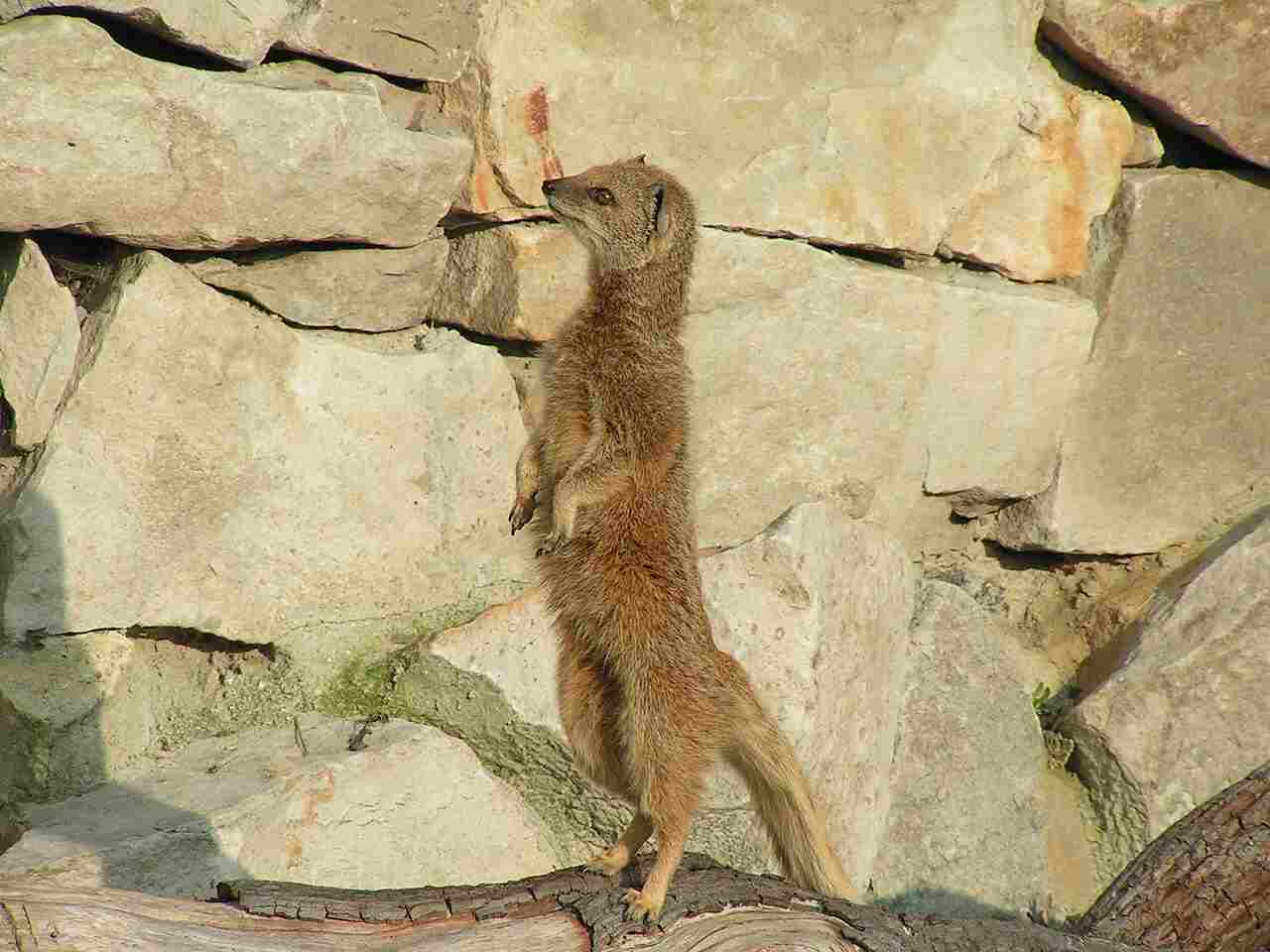
Mongoose:
Highly agile with rapid movements, ideal for navigating varied terrains.
King Cobra:
Less agile compared to mongoose; relies on ambush techniques.
Comparison:
Mongoose excels in agility for dynamic hunting; cobra relies on precise strikes.
Ecological Implications: Agility impacts hunting success and survival in different environments.
10. Overall Physical Capacity
Mongoose:
Adapted for quick and agile movements, suitable for hunting and escaping predators.
King Cobra:
Specialized anatomy for effective venom delivery and ambush predation.
Comparison:
Mongoose optimized for speed and agility; king cobra for venomous strikes.
Ecological Implications: Diverse physical capacities impact roles within ecosystems.
11. Habitat Preference(s)
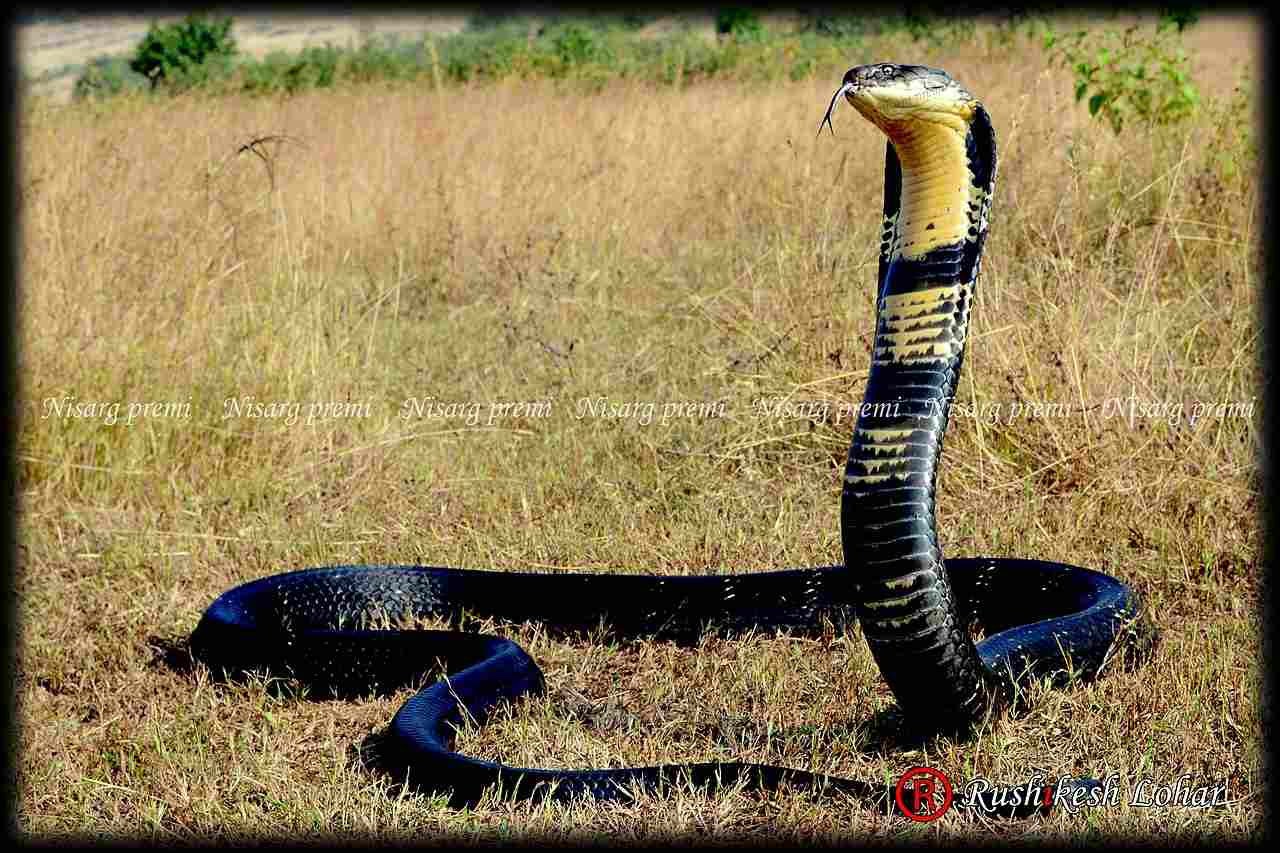
Mongoose:
Various species inhabit diverse environments, including grasslands, forests, and urban areas.
King Cobra:
Prefers dense, tropical forests and is often found near water sources.
Comparison:
Mongoose displays habitat versatility; king cobra has specific habitat preferences.
Ecological Implications: Habitat choices influence ecological niches and community structures.
12. Tracks
Mongoose:
Paw prints with distinctive claw marks.
King Cobra:
Slither marks in mud or sand; absence of limb imprints.
Comparison:
Mongoose leaves tracks with clear paw impressions; cobra exhibits sinuous slithering marks.
Ecological Implications: Tracking methods contribute to ecological monitoring and behavior studies.
13. Lifespan
Mongoose:
Varies by species, generally 6 to 12 years in the wild.
King Cobra:
Can live up to 20 years in captivity; wild lifespan is typically shorter.
Comparison:
Mongoose has a shorter lifespan; king cobra may have a longer lifespan in captivity.
Ecological Implications: Lifespan influences population dynamics and ecological roles.
14. Mode of Feeding
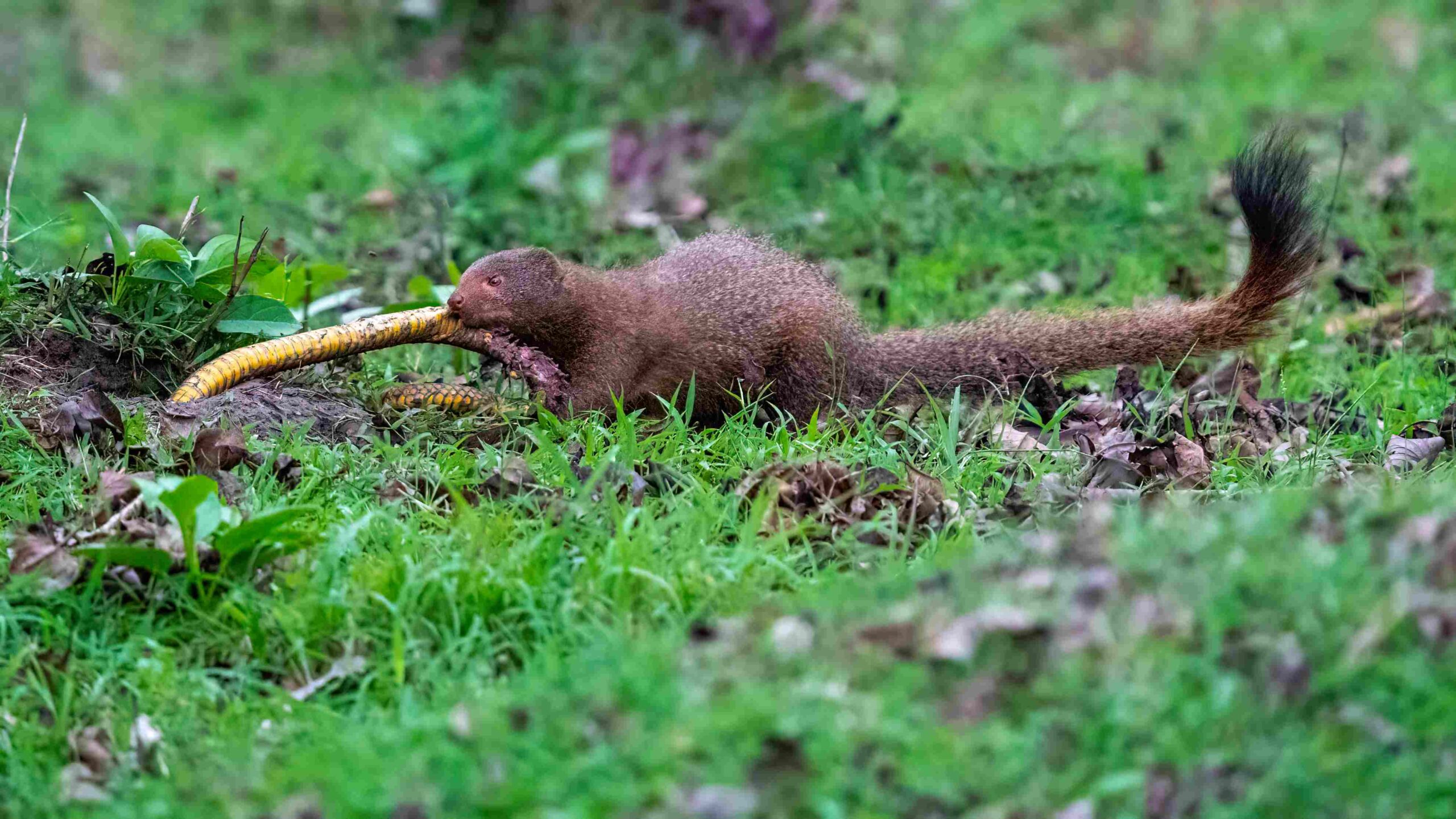
Mongoose:
Carnivorous; preys on small mammals, birds, insects, and reptiles.
King Cobra:
Carnivorous; primarily consumes other snakes, including venomous ones.
Comparison:
Mongoose has a broad diet; king cobra exhibits specialized snake predation.
Ecological Implications: Feeding preferences impact prey populations and community dynamics.
15. Intelligence
Mongoose:
Display problem-solving abilities and social intelligence.
King Cobra:
Limited cognitive abilities; behavior more instinct-driven.
Comparison:
Mongoose shows higher cognitive abilities; king cobra relies on instincts.
Ecological Implications: Intelligence influences adaptability and interaction with the environment.
16. Social Behavior
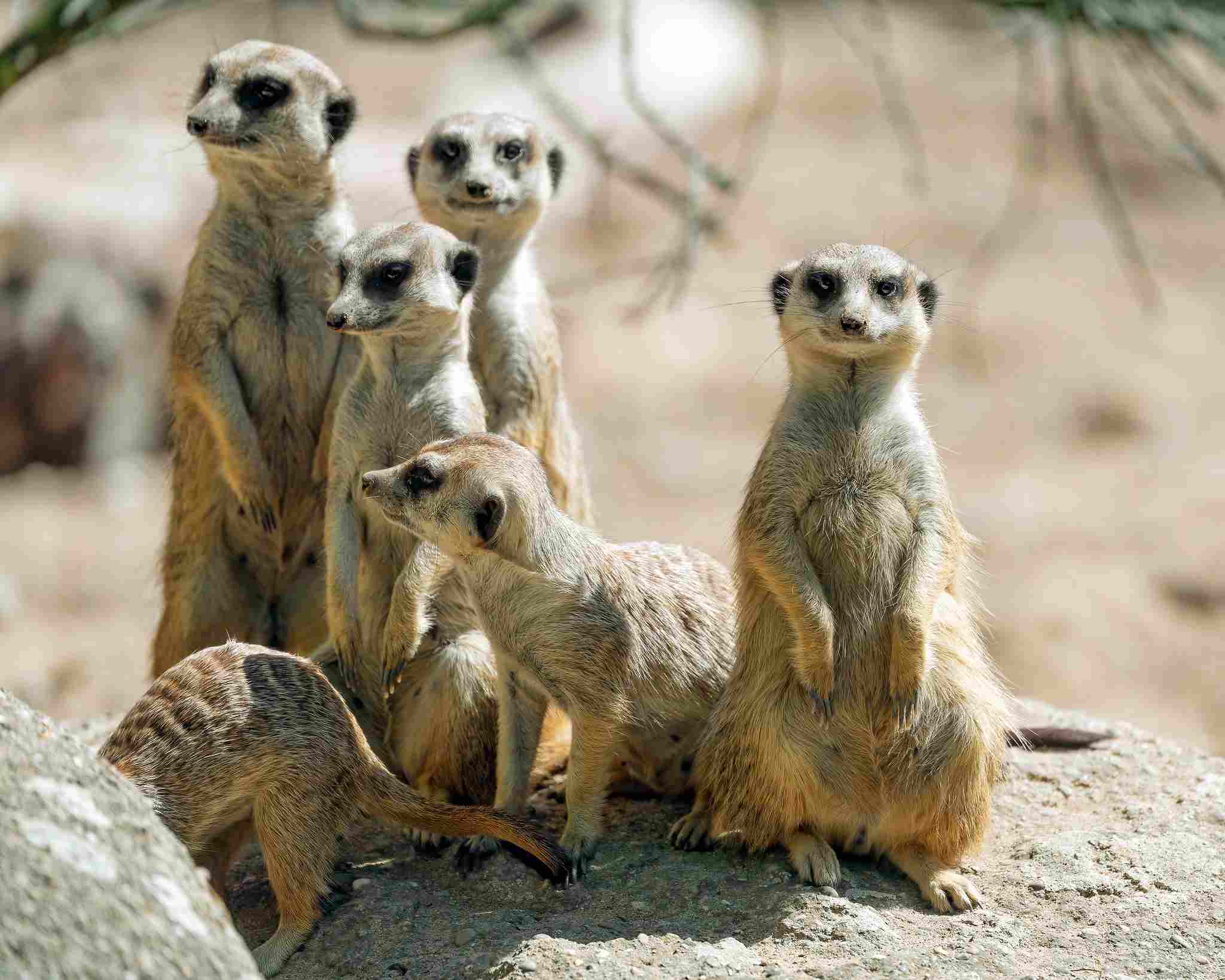
Mongoose:
Some species exhibit social structures with cooperative behaviors.
King Cobra:
Generally solitary; only social during mating.
Comparison:
Mongoose shows social tendencies; king cobra is predominantly solitary.
Ecological Implications: Social behaviors impact community structures and dynamics.
17. Mode of Reproduction
Mongoose:
Varied reproductive strategies, including monogamy or polygamy.
King Cobra:
Oviparous; lays eggs and does not exhibit parental care.
Comparison:
Mongoose shows diverse reproductive strategies; king cobra follows an oviparous, less involved approach.
Ecological Implications: Reproductive strategies influence population dynamics and genetic diversity.
18. Parental Behavior
Mongoose:
Some species exhibit cooperative breeding with shared parental responsibilities.
King Cobra:
Lacks parental care; eggs are left unattended after laying.
Comparison:
Mongoose displays cooperative parental care; king cobra has minimal involvement.
Ecological Implications: Parental behaviors impact offspring survival and contribute to species’ ecological roles.
19. Proximity to Human-Inhabited Areas
Mongoose:
Often found near human settlements; adaptable to urban environments.
King Cobra:
Less common in human-inhabited areas due to its forest habitat preferences.
Comparison:
Mongoose displays a higher tolerance for human presence; king cobra prefers undisturbed habitats.
Ecological Implications: Human-wildlife interactions are influenced by species’ adaptability to anthropogenic landscapes.
20. Behavior Toward Humans
Mongoose:
Generally avoids confrontation but may defend itself if threatened.
King Cobra:
Tends to avoid human contact but can be dangerous if cornered or provoked.
Comparison:
Both species prefer to avoid humans but can react defensively if provoked.
Ecological Implications: Human interactions impact species survival and well-being.
21. Danger Posed to Humans
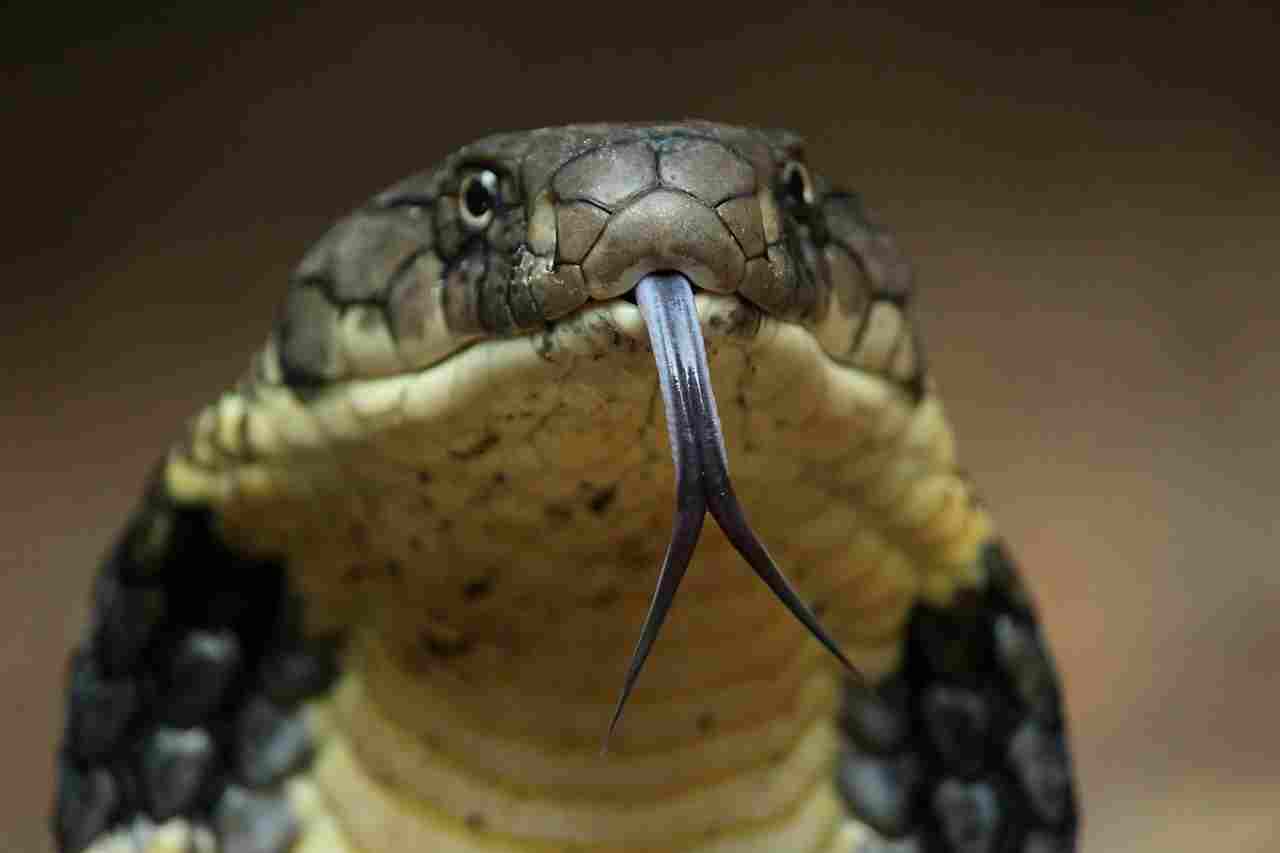
Mongoose:
Generally poses low risk to humans; may act defensively if cornered.
King Cobra:
Potentially dangerous due to venomous bite; can be lethal if untreated.
Comparison:
Mongoose poses minimal danger; king cobra has a venomous bite that can be life-threatening.
Ecological Implications: Impact on human safety influences conservation and management strategies.
22. Associated Precautions
Mongoose:
Precautions involve avoiding provocation; maintaining distance when encountered.
King Cobra:
Caution required due to venomous nature; expert handling for relocation if found near human settlements.
Comparison:
Mongoose precautions involve avoiding confrontation; king cobra requires careful handling due to venom.
Ecological Implications: Human safety measures impact species conservation and coexistence.
23. Conservation Status
Mongoose:
Varies by species; some are of least concern, while others may face threats or decline.
King Cobra:
Generally considered a species of least concern; threats include habitat loss and illegal trade.
Comparison:
Conservation status varies among mongoose species; king cobra generally considered less threatened.
Ecological Implications: Conservation efforts address species vulnerabilities and contribute to overall ecosystem health.
Summary of Comparison
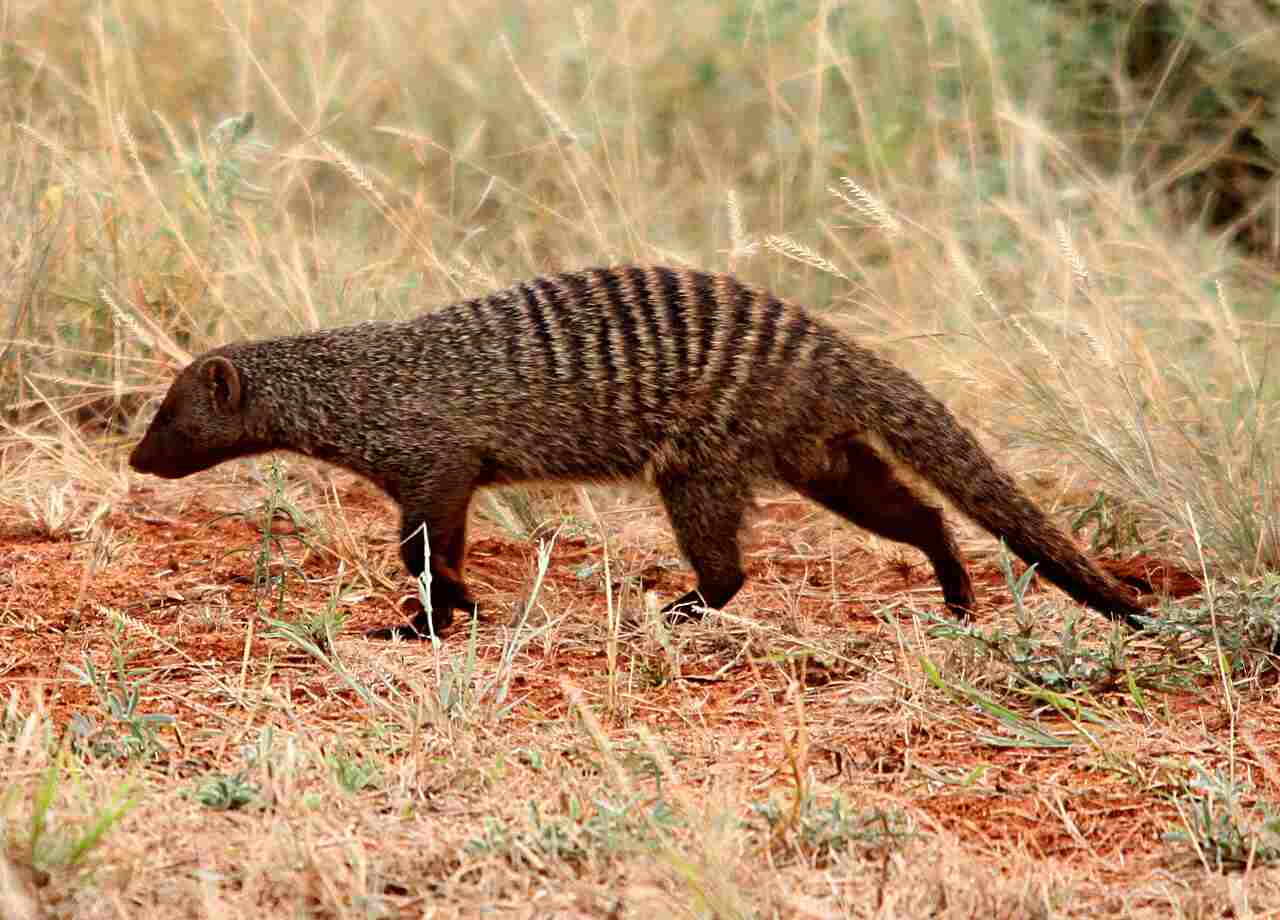
Appearance:
Mongoose: Sleek, varied fur color.
King Cobra: Long, hooded, dark olive-green to black.
Size:
Mongoose: 1 to 4 feet.
King Cobra: Up to 18 feet.
Weight:
Mongoose: 0.5 to 4 kg.
King Cobra: 6 to 9 kg.
Bite Force (PSI):
Mongoose: Varied, not potent.
King Cobra: Exceeds 500 PSI.
Physical Offensive Advantages:
Mongoose: Sharp claws, teeth.
King Cobra: Venomous bite.
Physical Defensive Advantages:
Mongoose: Agility, burrow escape.
King Cobra: Hood display, venomous bite.
Speed:
Mongoose: Up to 30 mph.
King Cobra: Relatively slow.
Agility:
Mongoose: Highly agile.
King Cobra: Less agile, ambush.
Overall Physical Capacity:
Mongoose: Agile, quick.
King Cobra: Venomous, ambush.
Habitat Preference(s):
Mongoose: Varied environments.
King Cobra: Tropical forests.
Tracks:
Mongoose: Paw prints.
King Cobra: Slither marks.
Lifespan:
Mongoose: 6 to 12 years.
King Cobra: Up to 20 years (captivity).
Mode of Feeding:
Mongoose: Carnivorous, diverse prey.
King Cobra: Carnivorous, snake specialist.
Intelligence:
Mongoose: Problem-solving.
King Cobra: Limited cognitive abilities.
Social Behavior:
Mongoose: Some species cooperative.
King Cobra: Predominantly solitary.
Mode of Reproduction:
Mongoose: Varied strategies.
King Cobra: Oviparous, minimal care.
Parental Behavior:
Mongoose: Cooperative care.
King Cobra: Minimal involvement.
Proximity to Human-Inhabited Areas:
Mongoose: Adaptable, urban.
King Cobra: Forest preferences.
Behavior Toward Humans:
Mongoose: Avoidance, defensive.
King Cobra: Avoidance, defensive if provoked.
Danger Posed to Humans:
Mongoose: Low risk.
King Cobra: Potentially lethal venom.
Associated Precautions:
Mongoose: Avoid provocation.
King Cobra: Caution due to venom.
Conservation Status:
Mongoose: Varies, some face threats.
King Cobra: Generally least concern, with habitat threats.
Conclusion
I). Similarities
Both mongoose and king cobra play vital roles in their respective ecosystems as predators.
Both face conservation concerns due to habitat loss and human activities.
II). Differences
Divergent in size, habitat preferences, and reproductive strategies.
Varied ecological roles, with the mongoose displaying more adaptability to human-altered landscapes.
